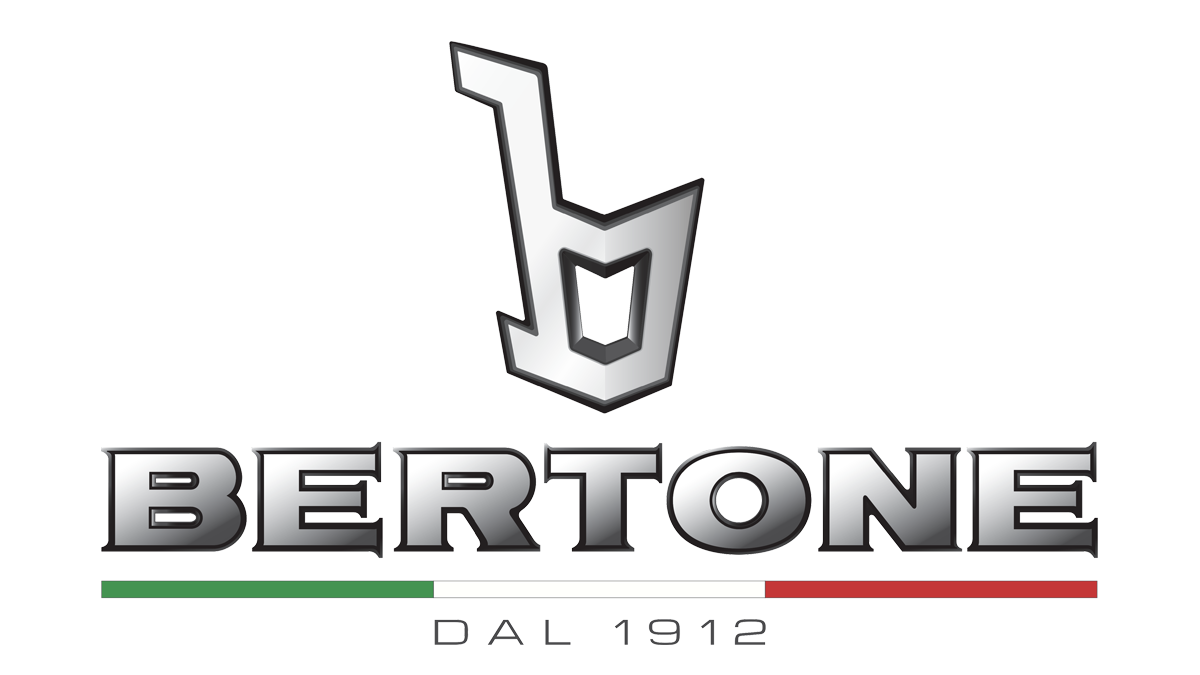1984 Bertone X 1-9
tire size detail
Base
165/70SR13
(click for a tire code explanation)
P | Intended Use Of TirePassenger Vehicle. When a tire size begins with a P, it signifies the tire is a p-metric size that was designed to be fitted on vehicles that are primarily used as passenger vehicles. This includes cars, minivans, sport utility vehicles and light duty pickup trucks (typically 1/4- and 1/2-ton load capacity). The use of p-metric sizes began in the late 1970s and they are the most frequently used type of tire size today. |
165 millimeters wide | Tire WidthFollowing the letter(s) that identify the type of vehicle and/or type of service for which the tire was designed, the three-digit numeric portion identifies the tire's section width/cross section in millimeters. The 165 indicates that this tire is 165 millimeters across from the widest point when mounted and measured on a specified width wheel. Because many people think of measurements in inches, the 165mm can be converted to inches by dividing the width in millimeters by 25.4 (the number of millimeters per inch). 165mm / 25.4 = 6.50" |
70% | Aspect RatioThe ratio of the height of the tire's cross-section to it's width. 70 means that the height is equal to 70% of the tire's width. Typically, following the three digits identifying the tire's width in millimeters is a two-digit number that identifies the tire's profile or aspect ratio. The 70 indicates that this tire size's sidewall height (from rim to tread) is 50% of its width. The measurement is the tire's section height, and also referred to as the tire's series, profile or aspect ratio. The higher the number, the taller the sidewall. The lower the number, the lower the sidewall. We know that this tire size's section width is 165mm and that its section height is 50% of 165mm. By converting the 165mm to inches (165 / 25.4 = 6.50") and multiplying it by 50% (.50) we confirm that this tire size results in a tire section height of 3.25". |
SR | Construction Method. The R in the 165/70SR13 size identifies that the tire has a radial construction in which the tire's plies "radiate" out from the center of the wheel. Radial tires are by far the most popular type of tire today representing over 98% of all tires sold. If the R in the size was replaced with a D (165/70SR13), it would identify that the internal tire body plies crisscross on a diagonal and that the tire has a "bias ply" construction. Tires using this construction are for light truck and spare tire applications. |
13" wheel | Rim SizeThe 13 indicates the tire and wheel diameter designed to be matched together. Tires that have a rim diameter expressed in inches (165/70SR13, as well as 8, 10, 12, 13, 14,15, 17, 18, 19, 20, 22, 23, 24, 26 and 28) are called "inch rim" sizes. These are the most common types of tire sizes and are used on most cars, minivans, vans, sport utility vehicles and light duty light trucks. Tires and wheels with unique rim diameters should never be combined with traditional "inch rim" tires and wheels. |
Load Index/Service DescriptionNaNlb load. The tire assigned numerical value used to compare relative load carrying capabilities. The represents the tire's service description. A service description identifies the tire's load index and speed rating. Service descriptions are required on all speed rated (except for Z-speed rated) tires manufactured since the early 1990s. | |
Speed Ratingmph. The maximum speed that the tire can sustain for 10 minutes. Today, the only tires that continue to include the speed rating "in" the tire size (165/70SR13) are Z-speed rated tires. In this case, following the two digits used to identify the aspect ratio are the letters ZR to identify the tire's speed rating (Z) and its internal construction (R). Since 1991, all other speed ratings are identified in the tire's Service Description. |

Gruppo Bertone, commonly known simply as Bertone, was an Italian automobile company, which specialized in car styling, coachbuilding and manufacturing. Bertone styling is distinctive, with most cars having a strong "family resemblance" even if they are badged by different manufacturers. Bertone has styled cars for Abarth, Alfa Romeo, Aston Martin, Citroën, Ferrari, FIAT, Iso, Lancia, Lamborghini, Mercedes Benz, Opel and Volvo, among others. In addition, the Bertone studio was responsible for two of the later designs of the Lambretta motorscooter. In the late 1980s, Bertone styled the K20 motorcycle helmet for Swiss bicycle and motorcycle helmet manufacturer Kiwi.[citation needed]
The company was based in Grugliasco in northern Italy. Gruppo Bertone was founded as Carrozzeria Bertone in 1912 by Giovanni Bertone. Designer Nuccio Bertone took charge of the company after World War II and the company was divided into two units: Carrozzeria for manufacturing and Stile Bertone for styling. Until its bankruptcy in 2014, the company was headed by the widow of Nuccio Bertone, Lilli Bertone.